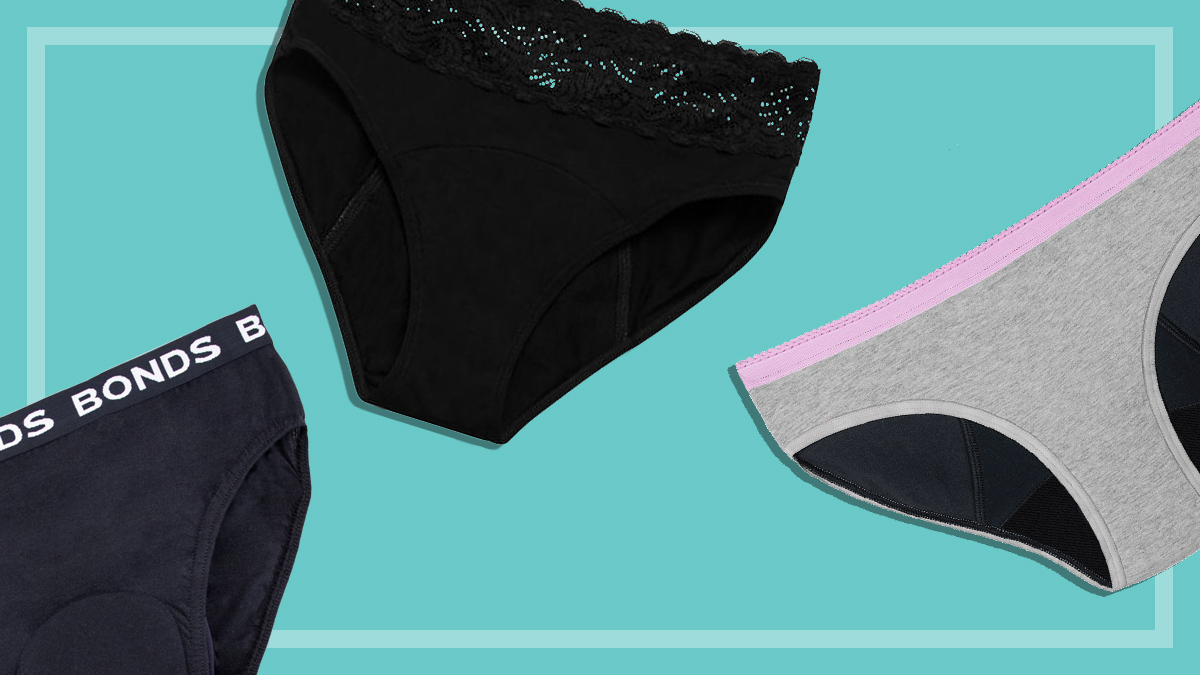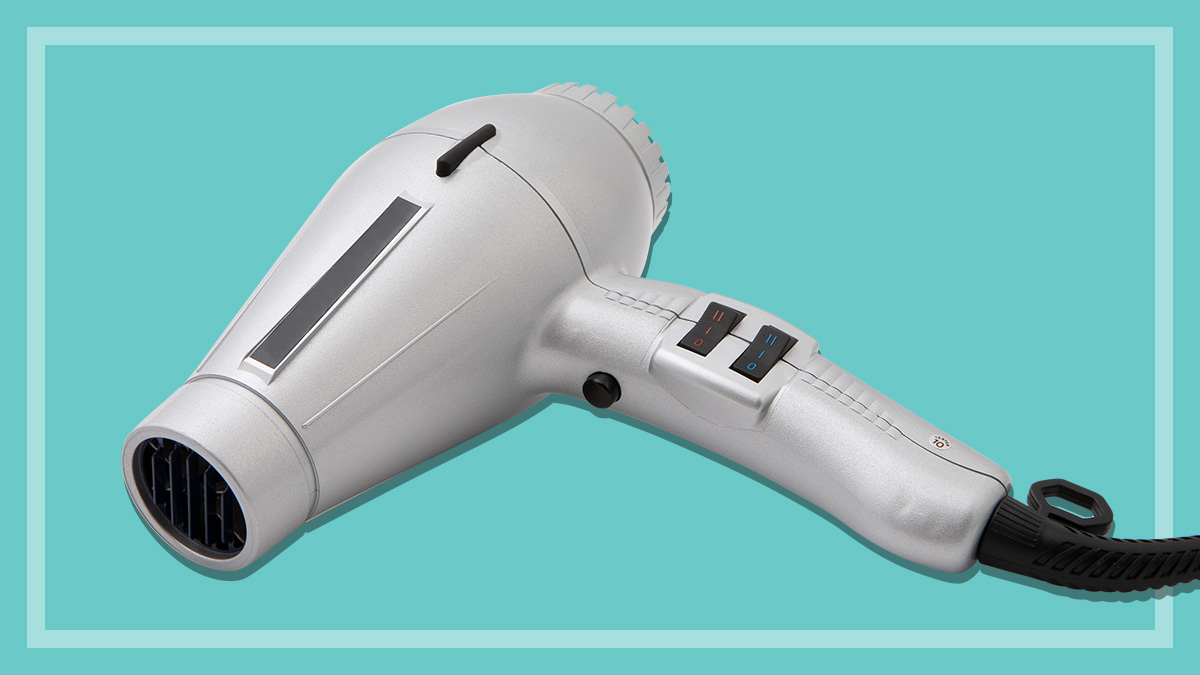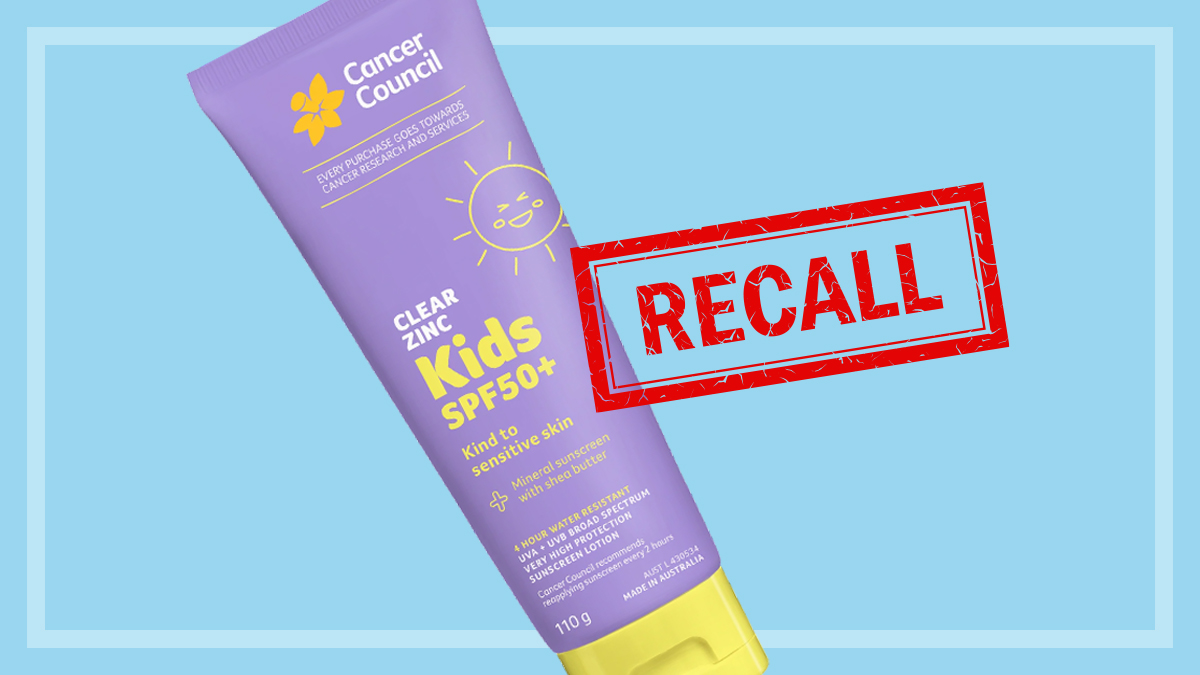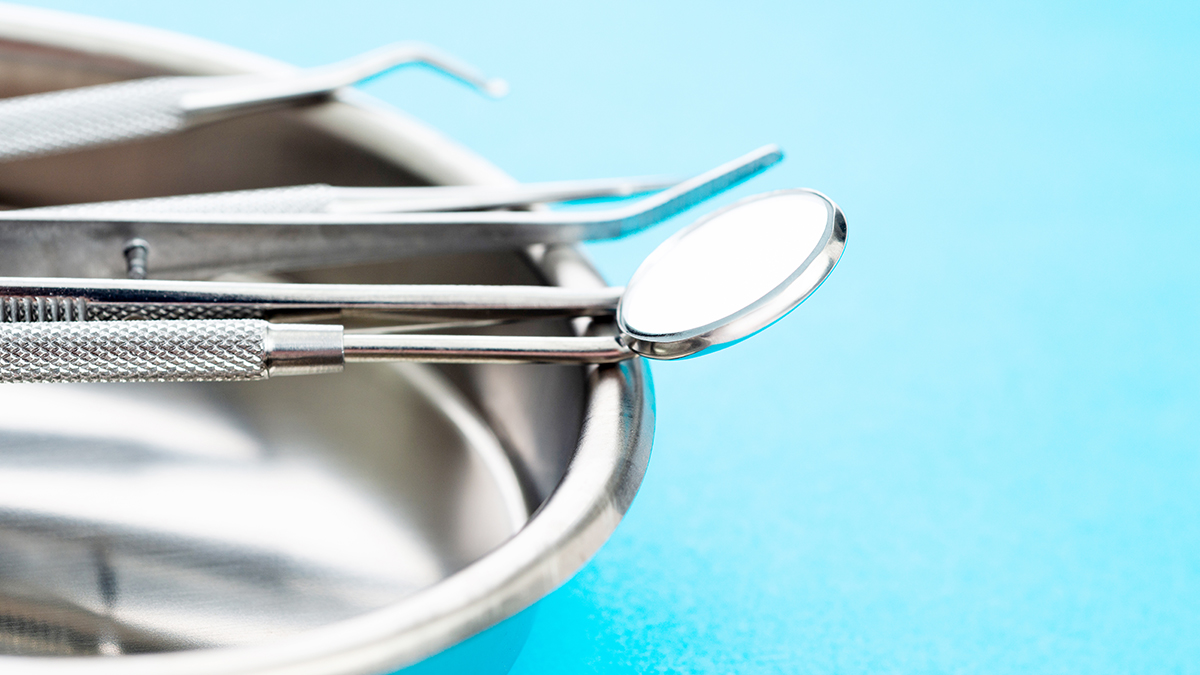Get our independent lab tests, expert reviews and honest advice.
Will switching to period underwear save you money?
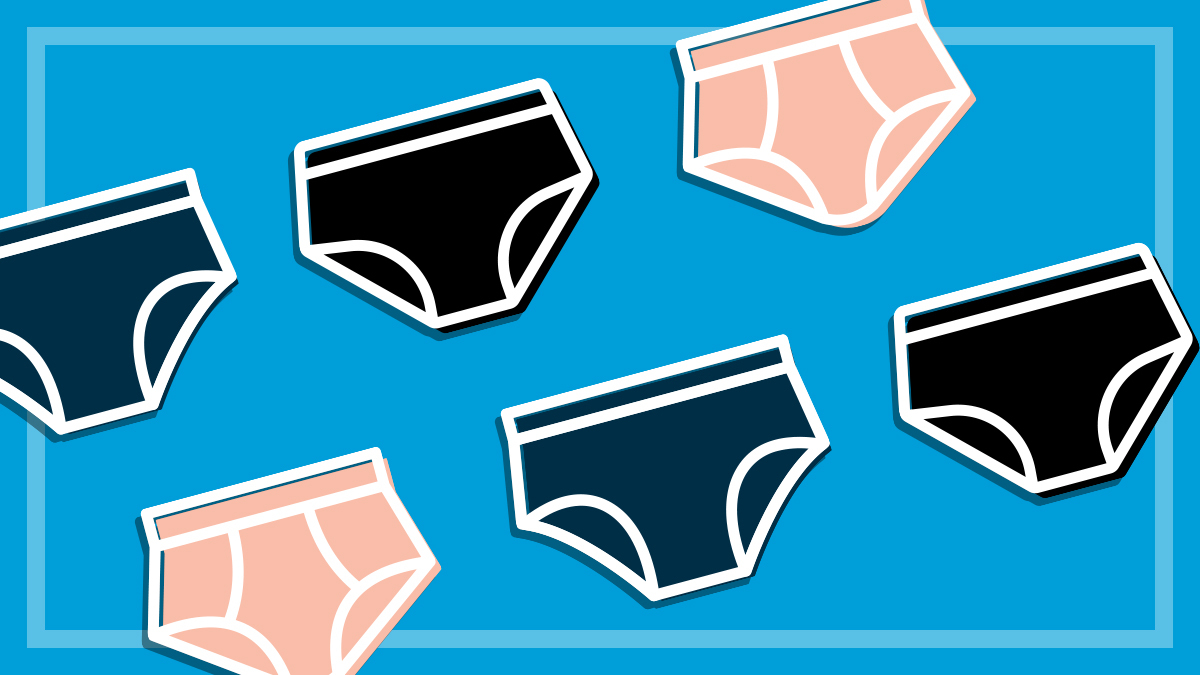
Need to know
- Our calculations show that period underwear is the second cheapest period product behind menstrual cups
- Both period underwear and menstrual cups can help limit the environmental impact of period products
- CHOICE reviews period underwear, tampons and sanitary pads to help you find the product that suits you best
Having a period can be a financial liability, costing more than $9000 in sanitary products over a lifetime. Not only do periods make a dent in your wallet, they can also take a toll on the environment. If you use single-use period products, you’ll end up throwing 5000 to 15,000 pads or tampons into landfill over the course of your menstruating life.
So here’s a guide to which period products (reusable or single-use) can save you money and be better for the environment.
What is the cheapest period product to use?
We’ve calculated that switching from single-use products such as tampons to period underwear (worn day and night) will save you a little over $100 every five years. The cheapest option of them all, however, is to switch to a period cup.
Read on for a breakdown of all the options.
Tampons with a nighttime option
If you’re using tampons, you realistically require another product to cover the hours you’re asleep. This is to reduce the risk of toxic shock syndrome (TSS) – the rare yet potentially life-threatening illness thought to be caused by infection with certain types of bacteria, and which may be associated with tampon use.
To reduce your risk, the Better Health Channel recommends changing your tampon every four to eight hours and using an alternative period product overnight. We therefore calculated the costs for using tampons combined with three nighttime options – pads, period cups and period undies.
As well as cost, there’s also the environmental impact of disposable period products such as tampons and pads to consider
The combination of tampons and nighttime period undies was the most expensive option in our cost comparison, setting you back $489.60 over five years. Slightly better, tampons and pads at night will cost you $436.80 over five years, while tampons and a cup at night will cost $367.60.
As well as cost, there’s also the environmental impact of disposable period products such as tampons and pads to consider, including the resources used in production and transportation, and the fact they’ll end up in landfill.
We don’t test tampons for their environmental friendliness, but we can tell you which ones are good value for money – check out our latest tampon reviews. Our cheapest one at 11 cents a tampon has some impressive scores.
Disposable sanitary pads
Modern versions of the old faithful, sanitary pads, may be better quality and easier to use these days, but they certainly aren’t the cheapest option when it comes to using them for your period.
Over five years, we calculated that using disposable pads for your period will cost you $436.80. Not only are they pricey, but they’ll outlive you in landfill, taking a whopping 300 to 500 years to decompose due to the plastic backing, adhesive strips and packaging.
More eco-friendly options
But for many menstruators, including those who have just started their period, sanitary pads are a comfortable and easy solution. If you want to use pads but are looking for a more eco-friendly option, there are reusable cloth sanitary pads now available, usually made from cotton, which are clipped to your underwear and easily removed for washing.
We haven’t included this type of product in our price comparison, as we haven’t reviewed them yet. But there are a few independent Australian brands selling them online.
Our disposable sanitary pad reviews, as well as our guide on how to choose the best pads and tampons, can help take the stress out of choosing a disposable option and may give you with greater confidence of a leak-free period.
Period cups
Behold the period cup (also known as a menstrual cup or moon cup) – a flexible, bell-shaped cup made of silicon, rubber or latex that’s inserted into the vagina to capture menstrual blood, rather than absorb it. Once it is unfolded in place, it forms a seal that prevents blood from leaking out. When full, it is simply removed, emptied, washed and reinserted.
With proper maintenance and care, a period cup can last up to 10 years and will only set you back about $40 to $55. There are plenty of pros when it comes to period cups and a few cons, mainly the fact you have to clean the cup, which may not always be simple, convenient or hassle-free. Our menstrual cup guide walks you through what to consider if you’re a first time user.
With proper maintenance and care, a period cup can last you up to 10 years and will only set you back about $40 to $55
Aside from cost and personal preference, a major reason to consider the cup is the environment. One study estimated that if you use 12 pads per period, a menstrual cup would generate just 0.4% of the plastic waste, or if you use 12 tampons per period, a menstrual cup would generate just six percent of the plastic waste.
Period undies
In recent years, period underwear products have shifted from marginal to mainstream, with brands such as Bonds, Eco Period, Kmart, Love Luna, Modibodi and Thinx selling versions in multiple styles and colours, either online or instore.
Although they cost more to buy initially than a pack of tampons, it’s good news on the budget front. We calculate that period undies come in at the second cheapest option for your period at $162 over two years and $324 over five. That’s based on using six pairs of undies for a six-day period that you wear day and night. This means if you’re changing your undies every 12 hours, as recommended by Cleveland Clinic, you may only have to do one wash per period cycle.
We calculate that period undies come in at the second cheapest option for your period at $162 over two years and $324 over five
You may want to change your period undies more often throughout the day, depending on personal preference and the heaviness of your flow. So keep in mind that more changes could require more undies to be purchased or more loads of washing done during your period. Or you could also choose to buy fewer pairs and wash them more frequently, reducing your initial outlay of cash.
Trial and error
If you’re just getting started, it may take a little trial and error to find a brand or type of undies that suits you. For the purposes of our cost comparison, we used a price of $27 for a pair of Modibodi Classic Bikini Moderate-Heavy Absorbency undies – but there are cheaper brands available. Bonds Bloody Comfy Period Undies Full Brief Moderate Absorbency cost $24.99 (with further discounts available for multiple buys and Bonds members), Love Luna Moderate/Heavy briefs are priced from $15, and Kmart period briefs are $12 a pair.
We’ve reviewed more than 10 brands of period undies to bring you our take on which period undies are the best. For even greater savings, consider Kmart period briefs – at $12, they offer decent value for money.
Environmental benefits of period underwear
Period undies reduce waste from single-use tampons and pads, eliminate the environmental cost associated with disposing of stained regular underwear, and don’t incur many extra washing resources – this is because they can be chucked in with your clothes on a cold or delicate cycle (some brands require you to rinse them in cold water before washing).
Modibodi also has a new product that’s claimed to be 97% biodegradable. The brand says the new range will start degrading in active soil within weeks (although the elastane will take three to five years).
How we calculate costs
We calculated costs based on a person who has their period 13 times a year (every 28 days), and the period lasting for six days with a moderate flow.
Product | Cost/1 year | Cost/2 years | Cost/5 years |
Cup | $40.00 | $40.00 | $40.00 |
Period undies | $162.00 | $162.00 | $324.00* |
Tampons + Cup at night | $105.52 | $171.04 | $367.60 |
Tampons + Undies at night | $146.52 | $212.04 | $489.60* |
Tampons + Pads at night | $87.36 | $174.72 | $436.80 |
Pads | $87.36 | $174.72 | $436.80 |
TABLE NOTES: The table is ordered by cheapest to most expensive over five years for a person having 13 periods a year. The cost of the tampon combinations are based on 18 tampons a period (three a day) with either a cup used at night (cost counted just once), six pads per period (one pad a night), or three pairs of undies (accounting for one wash cycle per period). The cost of each item was calculated at 28c tampon (U by Kotex tampons), 28c a pad (U by Kotex pads), $40 for a period cup (Tom Organic Size 1 Regular), and $27 for a pair of period undies (Modibodi Classic Bikini Moderate-Heavy Absorbency). *Includes purchase of new undies at three years.
Can you save on period underwear with bundle packs?
Some brands offer bundle packs, which may sometimes offer cost savings on the price of period underwear.
But in our cost comparison, period undie bundle packs offered by retailers didn’t always give the best value for money. Some bundles offered real savings, but others worked out at the same cost of purchasing the undies individually.
Some bundles offered real savings, but others worked out at the same cost of purchasing the undies individually
Also, some bundles were restrictive in their choices of absorbency. For example, one seven-pair bundle offered four heavy-overnight undies and three light-moderate undies – an unsuitable option for someone who has a consistently heavy flow.
So when shopping for period products, be sure to check the unit price of bundles to make sure you’re getting a good deal. Find out how unit pricing can help you save money at the till.
Conclusion: Will period undies save you money?
They can! Although they require a greater outlay of cash initially, we estimate switching from single-use products to period undies worn day and night will save you a little over $100 every five years (if you replace your underwear every three years).
These costs were calculated based on buying six pairs of period underwear. You could buy fewer pairs if you were willing to wash and re-wear them more frequently during your period.
If you’re only wearing period undies at night and using tampons or pads during the day, you won’t benefit as much from the long-term savings, knocking off a little less than $30 every five years.
If you’re looking for some serious savings, consider switching to a period cup. We estimate it’ll save you $284 to $449.60 over the next five years.

